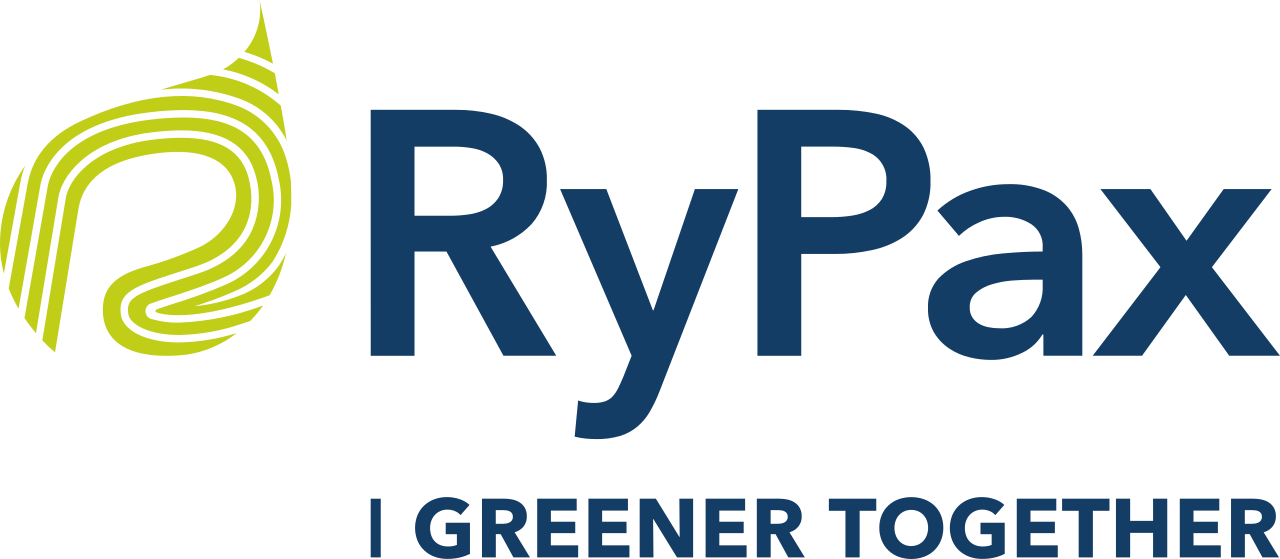By:RyPax Content Team
At RyPax, our commitment to sustainable manufacturing is deeply ingrained in our ethos. We recognize that manufacturing and production account for one-fifth of the world’s carbon emissions, and as a responsible company, we are dedicated to being a positive force in addressing this challenge.
We prioritize environmentally-friendly practices throughout our operations and adhere to the principles outlined by the US Environmental Protection Agency, where our products are created through economically-sound processes that not only minimize environmental impacts, but also preserve energy and natural resources.
By integrating sustainability into our business model, we can reduce costs, enhance our reputation, and earn the trust and loyalty of our customers, including some of the biggest consumer brands in the world. This approach aligns perfectly with our values at RyPax, and we take pride in being pioneers of this movement towards a more sustainable future.
Drawing upon our extensive experience in this domain, we would like to share some practical ways that manufacturers can adopt to ensure the effectiveness of their sustainable initiatives:
- Make a Firm Commitment to Sustainability: A clear and unwavering commitment to sustainable practices and goals demonstrates a manufacturer’s dedication to long-term environmental responsibility, and it can serve as the foundation for all other sustainability initiatives. For example, RyPax has publicly declared our commitment towards eliminating single-use plastics.
- Transition to the Circular Economy: Provide solutions with a circular economy approach to maximize the impact of their sustainable practices as it fundamentally reshapes the traditional linear “take-make-dispose” model. In a circular economy, products are designed to be durable, repairable, and recyclable, and materials are continually cycled back into the production process, reducing waste and resource depletion.
Opting for packaging solutions such as molded fiber that align with a circular economy approach can reduce a company’s environmental footprint, improve recycling rates, and reduce waste in landfills and oceans. However, simply claiming circularity is insufficient. To truly contribute to the cause, companies need to conduct detailed assessments to validate the eco-gains of specific packaging solutions. - Reduce Fuel Use and Transition to Renewable Energy: Invest in energy-efficient equipment, technology, and materials.
Manufacturers gain several advantages by replacing coal-fueled electricity with renewable energy sources. It promotes energy independence, reduces long-term supply chain risks associated with fossil fuels, and is in compliance with environmental regulations while enhancing the manufacturer’s reputation and access to government incentives. Moreover, it contributes to cleaner air, potentially reducing health-related costs.
- RyPax has made substantial investments in solar and wind power installations at our manufacturing facilities.
- As of June 2020, all our factories have been running entirely on renewable energy.
- Conserve Water: Excessive water usage harms the environment by depleting freshwater sources, disrupting habitats, causing ecosystem stress, increasing pollution, consuming significant energy, leading to soil degradation, and contributing to climate change-related water stress. Responsible water management and conservation are crucial to mitigate these environmental impacts.
Manufacturers can reduce usage by installing water-efficient equipment, reusing water where possible, and implementing water management systems.
- A proud member the ‘Clean Water Program’, RyPax has invested millions in a wastewater system.
- 53 billion gallons of fresh water have been conserved, enough to fill more than 5,300 Olympic-sized swimming pools.
- Our filtration systems exceed current production wastewater reuse standards, achieving a rate of 50% versus the average of 39%.
- Source for Sustainable Materials: By using materials that are renewable, recyclable, or have a lower carbon footprint, manufacturers can contribute to a more environmentally responsible supply chain.
Molded fiber packaging made with fast-growing fibers such as bamboo and bagasse (the waste residue left behind when sugarcane stalks are crushed to make sugar) is particularly environmentally friendly. The manufacturing process upcycles traditionally discarded agricultural waste and uses sustainable virgin materials.
- RyPax sources its raw materials from responsible suppliers certified by the Forest Stewardship Council (FSC). FSC certification verifies that the fiber or pulp is sourced responsibly, making it a sustainable option for paper, packaging, and more.
- Almost one million trees have been saved thanks to RyPax’s use of fast-growing fiber instead of paper.
- Attain Certifications and Standards: Obtaining ISO 14001 certification (environmental management) – as RyPax has done – provides manufacturers with a comprehensive framework for managing their environmental impact and promoting sustainability. It leads to improved environmental performance, resource efficiency, and regulatory compliance, reducing costs and environmental risks. Moreover, ISO 14001 enhances a manufacturer’s reputation, opening doors to new markets and improving relationships with stakeholders throughout the supply chain.
- Design Products for Sustainability: Incorporate sustainability into product design by factoring longevity, recyclability, and energy efficiency. Develop products that have a reduced environmental footprint throughout their entire lifecycle. A good case in point is RyPax’s recently announced all-fiber bottle breakthrough, a unique design featuring an inner coating that is environmentally friendly.
- Maintain Transparency: Through transparent reporting, businesses that communicate their sustainability efforts with customers and stakeholders can help build trust and show their commitment to responsible manufacturing. For example, an independent assurance agency can track and verify suppliers’ clean energy contributions as part of a company’s efforts to transition its supply chain to clean energy.
- Educating Consumers: Educate consumers about the environmental impact of your products and how they can use them more sustainably. For example, if consumers are more aware of the damage plastics cause the planet, they would be more inclined to invest in sustainable packaging and support a circular economy. Smart packaging tech, like QR codes, can be an effective tool to educate users on reusing or recycling.
- Continuously Improve: Regularly assess and review your sustainability practices, seeking opportunities for improvement and innovation. Continuous improvement empowers manufacturers to fine-tune their sustainability initiatives, drive efficiency gains, remain adaptable, and foster a culture of innovation and sustainability. This integrated approach ensures that sustainability efforts remain impactful and effective over time.
By adopting these impactful practices, manufacturers can significantly contribute to sustainability and meet the growing demand for environmentally responsible products.











